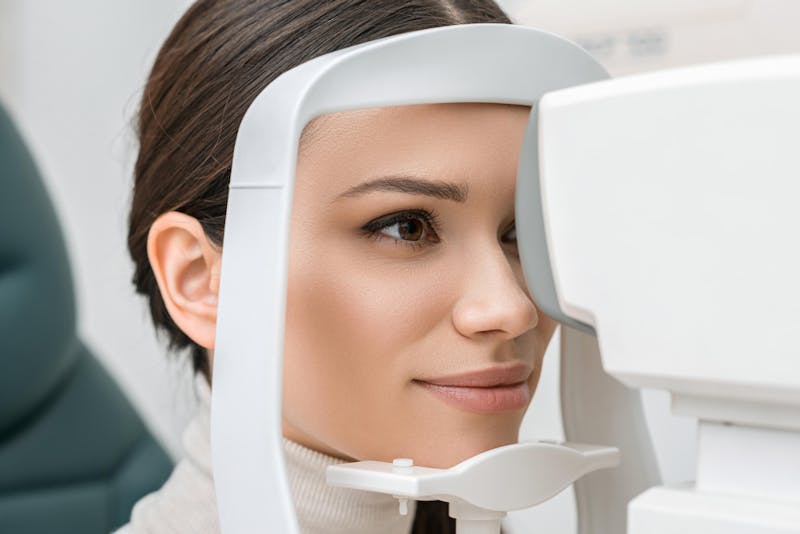
Blurred vision is usually a result of astigmatism, nearsightedness, or farsightedness. LASIK improves vision by directly addressing the underlying cause of the refractive error. If you’re tired of depending on prescription glasses or contact lenses to correct your vision, LASIK eye surgery may be the answer.
In this blog post, we’re going to take a closer look at LASIK including exactly how it can improve your vision.
The two-part LASIK process
As we said above, LASIK improves your vision by addressing the root cause of the error. To do this, the eye surgeon follows a two-part process.
Part one: accessing the stroma
Before starting to correct the refractive error in your eye, the eye surgeon first needs to access the corneal stroma (or substantia propria in biology speak). The stroma is one of the deeper layers of the cornea.
To do this, the surgeon uses either a microkeratome or a Femtosecond laser to create a tiny flap in the surface of your cornea. You might have heard about blade-assisted and bladeless LASIK surgery. The tool used to create that flap is the key difference between the two.
The microkeratome is the blade used in blade-assisted surgery. It’s a highly engineered and precision cutting tool that creates a flap which is 85 to 200 micrometers in thickness. Not a very deep cut considering the average human cornea is between 500 and 600 micrometers thick
In bladeless or blade-free LASIK surgery, this flap is made with a Femtosecond laser. Without getting too far into the physics behind it, this laser emits an exceptionally fast infrared beam which also creates a flap on the surface of your cornea.
Once the flap has been created, your eye surgeon can get to work and finish the LASIK procedure to improve your vision.
Part two: reshaping the corneal stroma
Refractive errors (farsightedness, nearsightedness, astigmatism) are caused by imperfectly shaped corneas and eyes. To correct this, the eye surgeon uses a excimer laser to reshape the deeper layer of the cornea, the stroma. By doing this, the eye’s focusing power and ability is enhanced.
If the patient is farsighted, that is, they can see objects far away but not close up, the stroma will be made steeper. In people with nearsightedness, the goal is to make the stroma flatter. For patients with astigmatism, it will be smoothed out and the surface will be made more regular.
You can think of these processes as somewhat like fine-tuning the focus on your camera. For things to come into focus, the lens has to be calibrated. And that’s exactly what ophthalmologists do when they reshape your cornea — they calibrate your vision and your eye’s focus.
Perfect vision in just ten minutes
Although it sounds terribly complicated, LASIK surgery only takes 10 to 15 minutes on average. As it’s been around for the last 20 years, eye surgeons have got the procedure down to a fine art. The best bit is that most patients experience blur-free vision and perfect results within the first 24 hours after the surgery.
Dello Russo Laser Vision is New York and New Jersey’s leading LASIK eye surgery provider. We’ve been at the forefront of this technology since its very inception. To find out if LASIK can improve your vision too, please get in touch with us today.
